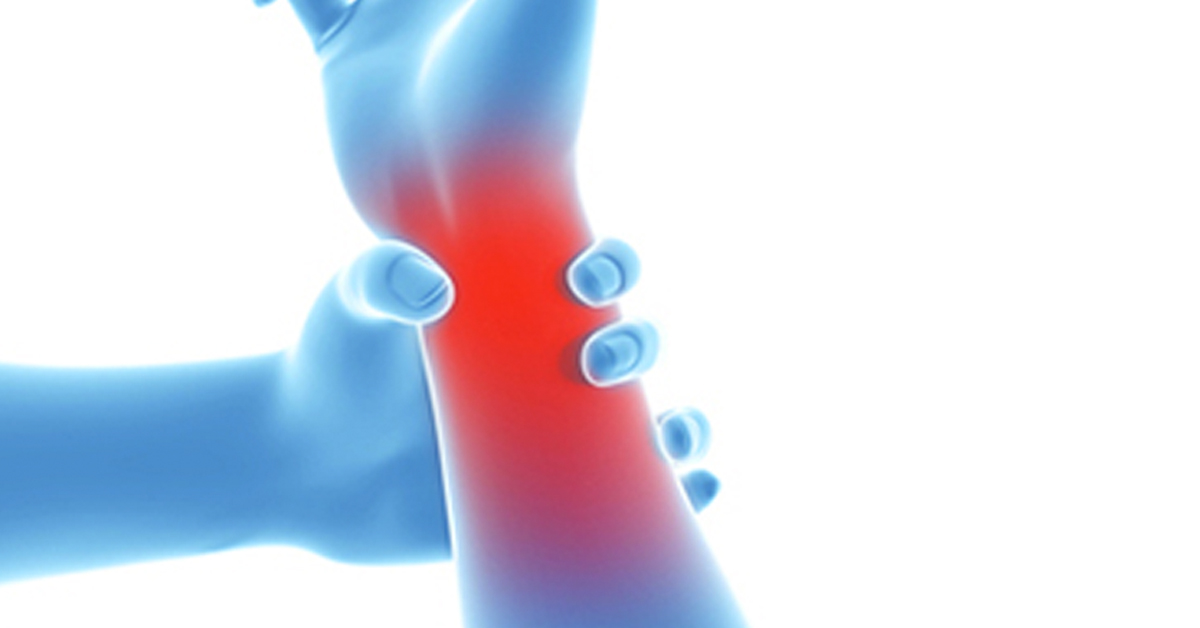
Carpal, Cubital and Ulnar Tunnel Syndrome
Carpal tunnel syndrome occurs when the median nerve is compressed while traveling through the carpal tunnel, a narrow passageway made of bones and ligaments in the wrist. The carpal tunnel is intended to provide protection for the median nerve and tendons that pass through it. The median nerve is responsible for movement and sensation for parts of the hand, so irritation from compression can cause pain, numbness and tingling in the hand and wrist.
Cubital tunnel syndrome, also known as ulnar tunnel syndrome or ulnar nerve entrapment, is the second most common nerve entrapment after carpal tunnel syndrome. It occurs when the ulnar nerve, which travels from the shoulder, down the arm and into the hand, is compressed while traveling through the cubital tunnel, a small space within the elbow. The ligament that surrounds the ulnar nerve can thicken, compressing the nerve and causing pain, tingling, or numbness in the arm and certain fingers.
What causes Carpal, Cubital, and Ulnar Tunnel Syndrome?
The compression of the median nerve in the carpal tunnel can be caused by several factors. These include genetics, repetitive and prolonged hand use, injuries, and other medical conditions. Genetics is a factor if smaller carpal tunnels are present in the patient's family history. Repetitive hand use, like use of vibrating machinery or bending of the hands, for long periods can also cause compression. Injuries to the wrist, like fractures, sprains or other kinds of trauma, can cause swelling or compression. Medical conditions like arthritis, diabetes, thyroid dysfunction or the development of tumors or cysts within the carpal tunnel can also compress the median nerve.
Like carpal tunnel syndrome, cubital tunnel syndrome can be caused by more than one factor. Repetitive use of the arm or elbow, including leaning on the elbow, can cause the ulnar nerve to be compressed, as can long-term pressure on the base of the palm. Injuries like fractures, dislocations, sprains or other trauma to the elbow can also cause this compression, as can underlying conditions like arthritis and diabetes, or conditions that cause long-term swelling and inflammation near the ulnar nerve. If the ulnar nerve moves back and forth as the elbow is bent and straightened, which can cause irritation over time, this can also lead to cubital tunnel syndrome.
Women are more likely than men to get carpal or cubital tunnel syndrome. Pregnancy can also cause nerve entrapment because of fluid retention, but symptoms of carpal or cubital tunnel syndrome usually go away after delivery.
Symptoms and Diagnosis
Symptoms of carpal tunnel syndrome include numbness and tingling on the palm side of the hand, fingers, and thumb. Pain or a burning sensation in the forearm, wrist, or hand that increases with activity may also be present. Weakness may also occur, as over time the muscles around the thumb will shrink and lose strength, resulting in trouble forming a fist or grasping objects. To diagnose this condition, your doctor will go over your medical history and perform a physical exam. Tests like X-rays or other imaging studies may be used to confirm the diagnosis.
Symptoms of cubital tunnel syndrome may include weakness, numbness or tingling in the palm or last two fingers, and pain or burning sensation in the elbow, palm, or last two fingers that increases with activity. Tenderness in the elbow joint, dexterity problems, and sensitivity to cold may also be present. A review of your medical history and a physical exam are used to diagnose this condition, but tests including imaging studies and nerve conduction studies may also be utilized.
How is it treated?
If another condition is contributing to the carpal tunnel or cubital tunnel syndrome, like arthritis or diabetes, that underlying condition must be treated first.
Carpal tunnel and cubital tunnel syndrome are treated at first with conservative treatments like rest, changes in patterns of use, immobilizing the affected area with devices like splints or braces, physical therapy, medication and injections. If the symptoms do not improve after some time, your doctor may suggest a surgical procedure to relieve compression.
The procedure used to treat carpal tunnel syndrome, called carpal tunnel release, relieves pressure by enlarging the carpal tunnel. Cubital tunnel syndrome can also be treated with a similar procedure called cubital tunnel release, which enlarges the cubital tunnel. If the ulnar nerve compression is due to the nerve moving back and forth, an ulnar nerve transposition or a medial epicondylectomy may be performed to keep the nerve in a fixed position.

